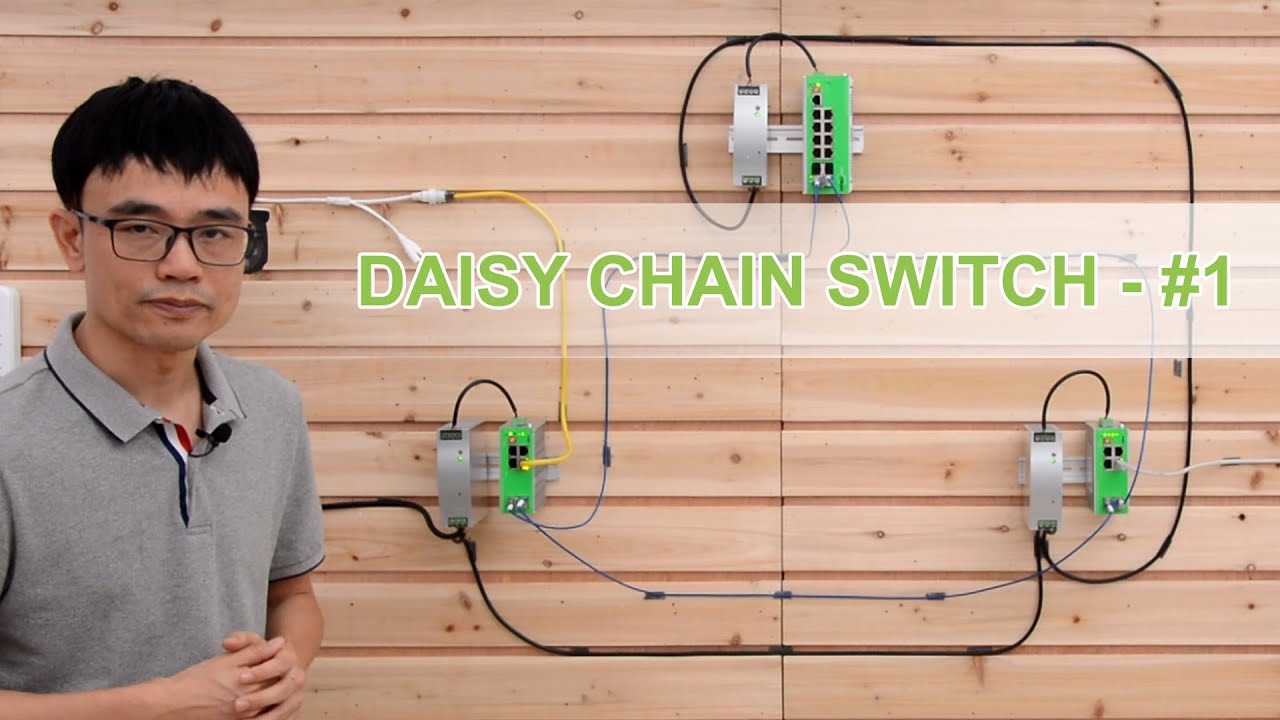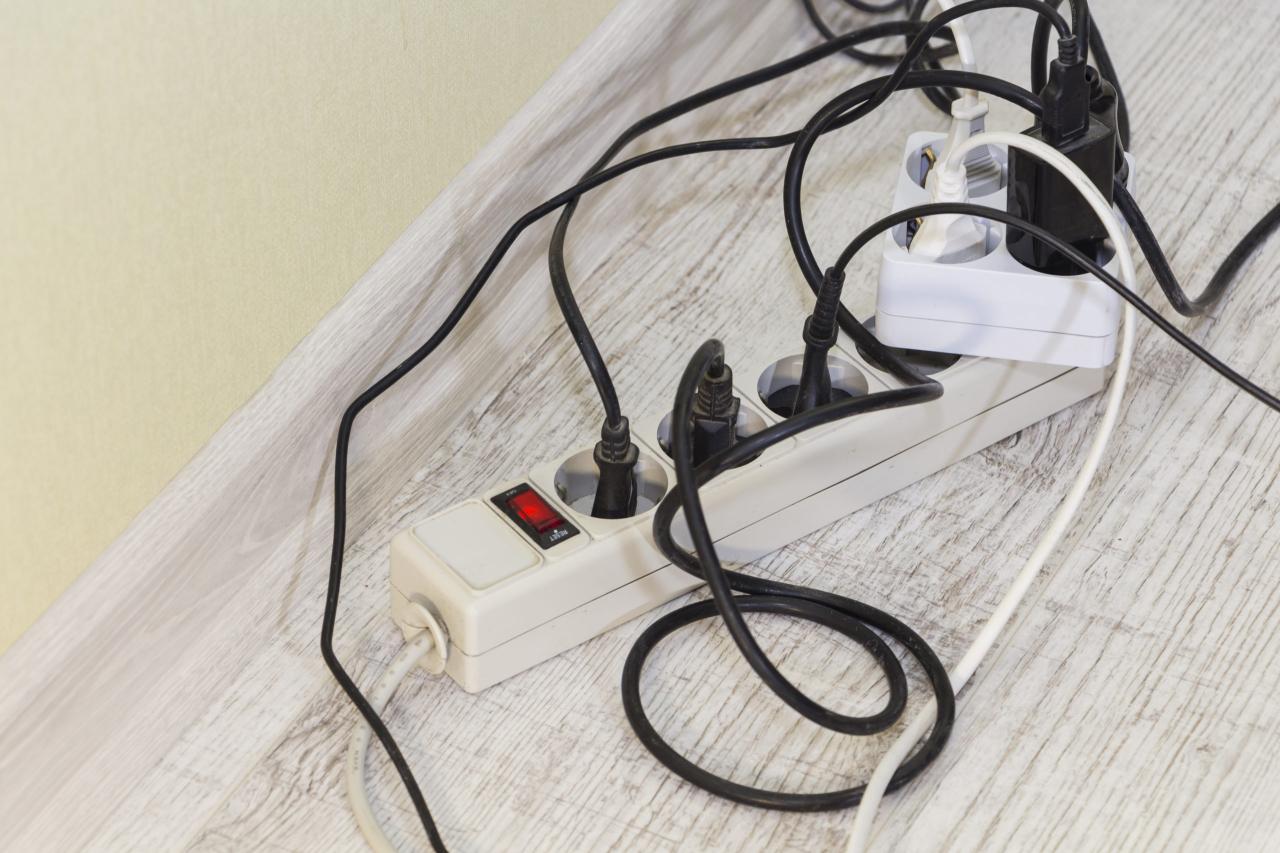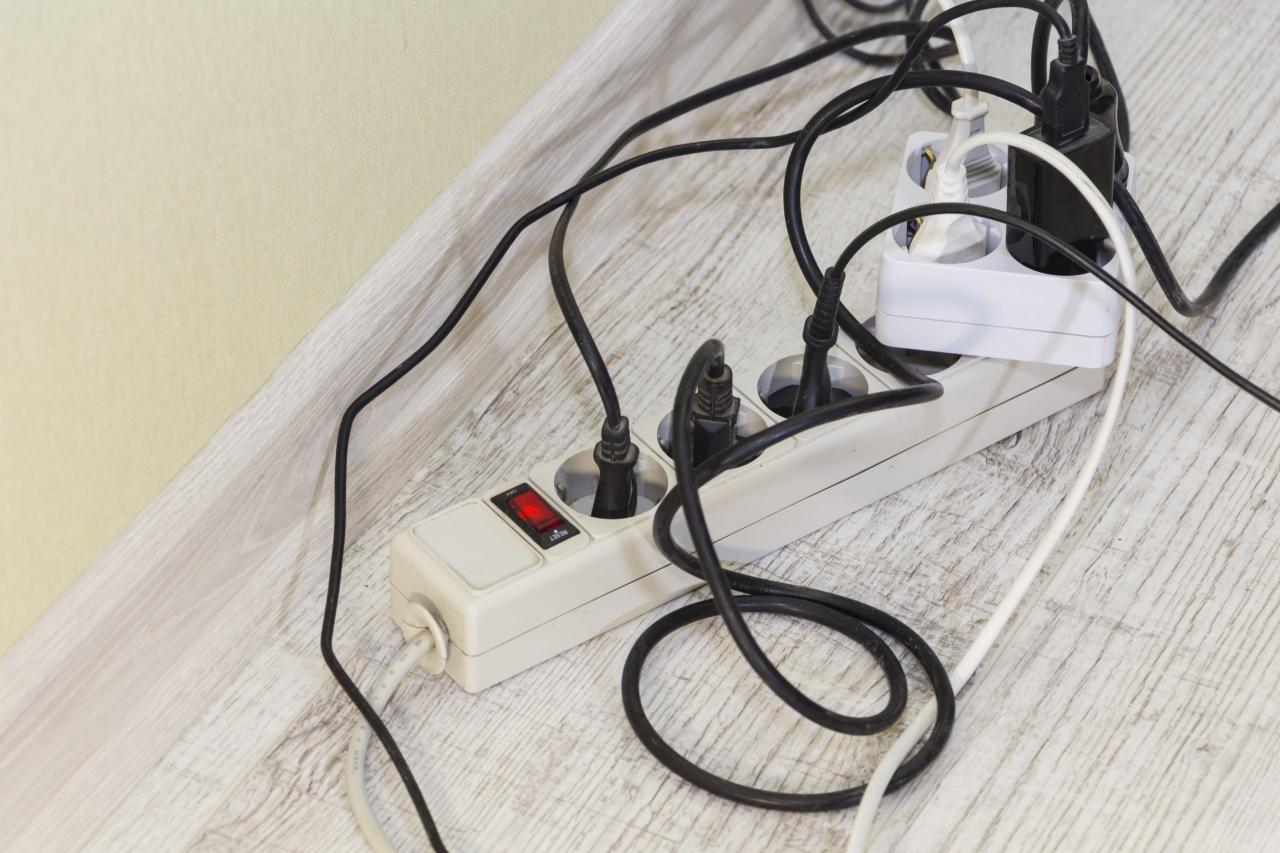Chained together switches, an ingenious concept, offer seamless connectivity and enhanced functionality in various systems and devices. This article delves into the intricacies of chained together switches, exploring their design considerations, implementation strategies, and innovative applications across diverse fields.
These versatile switches enable efficient data transmission, improved reliability, and extended functionality, making them indispensable components in modern technological landscapes.
Chained Together Switch Functionalities
A ‘chained together’ switch refers to a network configuration where multiple switches are connected in a series, allowing for the extension of a network beyond the limitations of a single switch. This setup enables the creation of a larger, more flexible network infrastructure.The primary application of chained together switches is in expanding network connectivity and reach.
By connecting multiple switches, it becomes possible to extend the network to additional devices, such as computers, printers, and servers, without the need for additional cabling or complex network configurations. This approach is particularly useful in scenarios where the distance between devices exceeds the reach of a single switch or when the number of devices connected to a single switch exceeds its capacity.
Advantages of Chained Together Switches
- Extended Network Reach:Chained together switches allow for the extension of network connectivity beyond the limitations of a single switch, enabling the connection of devices that are physically distant from the main network.
- Increased Scalability:By connecting multiple switches, it becomes possible to scale up the network to accommodate a larger number of devices and connections, supporting the growth and expansion of the network as needed.
- Enhanced Network Redundancy:Chained together switches provide redundancy in the network infrastructure. In the event of a failure in one switch, the other switches can continue to operate, ensuring network connectivity and minimizing downtime.
Disadvantages of Chained Together Switches
- Increased Complexity:Connecting multiple switches introduces additional complexity to the network infrastructure, requiring careful planning and configuration to ensure proper operation and avoid network issues.
- Potential Performance Bottlenecks:The performance of a chained together switch configuration can be affected by the number of switches in the chain and the quality of the interconnections between them. Each switch adds a layer of latency and potential performance bottlenecks, which can impact the overall network performance.
- Increased Cost:Chained together switch configurations can be more expensive to implement and maintain compared to single-switch networks, as they require additional switches, cabling, and configuration.
Overall, chained together switches offer a flexible and scalable solution for extending network connectivity and reach. However, it is important to carefully consider the advantages and disadvantages before implementing this type of configuration to ensure that it meets the specific requirements and constraints of the network environment.
Design Considerations

Designing a chained together switch involves careful consideration of several key factors to ensure optimal performance and reliability. These factors include component selection, configuration, and proper wiring and connections.
Component Selection
The choice of components for a chained together switch is crucial. The following factors should be considered when selecting components:
- Switch type:The type of switch used will depend on the specific application requirements. Common switch types include toggle switches, pushbutton switches, and rotary switches.
- Current rating:The current rating of the switch must be sufficient to handle the load that will be connected to it.
- Voltage rating:The voltage rating of the switch must be compatible with the voltage of the circuit it will be used in.
- Contact material:The contact material of the switch should be chosen based on the type of load that will be connected to it.
Configuration
The configuration of the chained together switch will depend on the specific application requirements. Common configurations include:
- Series configuration:In a series configuration, the switches are connected in series, with the output of one switch connected to the input of the next switch.
- Parallel configuration:In a parallel configuration, the switches are connected in parallel, with the inputs of all switches connected together and the outputs of all switches connected together.
- Combination configuration:In a combination configuration, the switches are connected in a combination of series and parallel.
Wiring and Connections
Proper wiring and connections are essential for the safe and reliable operation of a chained together switch. The following guidelines should be followed when wiring and connecting switches:
- Use proper gauge wire:The gauge of the wire used should be appropriate for the current rating of the switch.
- Make secure connections:All connections should be made securely to prevent arcing and overheating.
li> Insulate exposed wires:All exposed wires should be insulated to prevent electrical shock.
Implementation and Integration

Implementing a chained together switch into a system involves connecting multiple switches together to create a larger, more complex switching network. This can be done by connecting the output ports of one switch to the input ports of another, and so on.
This allows for the creation of networks with a large number of ports, and can also be used to create redundant networks, in which if one switch fails, the others can still communicate.Integrating a chained together switch with other devices or components can be done using a variety of methods.
One common method is to use a router to connect the switch to other networks, such as the Internet. Another method is to use a firewall to protect the switch from unauthorized access.
Best Practices for Troubleshooting and Maintenance
There are a number of best practices that can be followed to help troubleshoot and maintain a chained together switch. These include:
- Keep a record of the switch configuration, including the IP addresses of all connected devices.
- Monitor the switch for errors and performance issues.
- Regularly update the switch firmware.
- Have a spare switch on hand in case of a failure.
4. Advanced Applications

Chained together switches offer a wide range of innovative applications across various fields. Their ability to connect multiple switches in a daisy-chain topology enables enhanced efficiency, reliability, and functionality in various network environments.
In the realm of industrial automation, chained together switches provide a robust and reliable network infrastructure for connecting sensors, actuators, and other devices within a manufacturing or process control environment. By cascading multiple switches, it becomes possible to extend the network reach over larger distances while maintaining high data throughput and low latency.
Enhanced Network Redundancy
One of the key advantages of chained together switches is their ability to provide enhanced network redundancy. By connecting multiple switches in a ring or star topology, it becomes possible to create a fault-tolerant network where traffic can be automatically rerouted in the event of a switch failure.
This ensures uninterrupted network connectivity and minimizes downtime, making it ideal for critical applications such as healthcare, finance, and transportation.
Power over Ethernet (PoE) Support, Chained together switch
Many chained together switches support Power over Ethernet (PoE), which allows them to provide both data and power to connected devices. This eliminates the need for separate power cables, simplifying installation and reducing clutter. PoE-enabled switches are particularly beneficial in scenarios where devices are located in hard-to-reach areas or where there are space constraints.
Remote Management and Monitoring
Chained together switches often come with built-in remote management capabilities, enabling network administrators to monitor and configure the switches remotely. This allows for centralized management of multiple switches, reducing the need for physical access and simplifying troubleshooting. Remote management is particularly valuable for large networks or networks that are spread across multiple locations.
Real-World Examples
One notable example of the successful implementation of chained together switches is in the deployment of a wireless network for a large university campus. By connecting multiple switches in a daisy-chain topology, the university was able to extend the network coverage over the entire campus, ensuring seamless wireless connectivity for students and staff.
The use of PoE-enabled switches allowed for the easy installation of wireless access points throughout the campus, without the need for separate power outlets.
Another example is in the implementation of a surveillance system for a large retail store. Chained together switches were used to connect multiple IP cameras throughout the store, providing a centralized and reliable network infrastructure for monitoring and recording video footage.
The PoE support of the switches simplified the installation of the cameras, eliminating the need for separate power cables and reducing installation costs.
Troubleshooting and Maintenance
Ensuring optimal performance and resolving issues with chained together switches requires a comprehensive approach that encompasses troubleshooting, preventive maintenance, and proactive monitoring.
Common issues and challenges associated with chained together switches include:
- Configuration errors
- Looping issues
- Spanning tree issues
- Hardware failures
Troubleshooting Procedures
To troubleshoot chained together switches, follow these steps:
- Verify physical connections and cabling.
- Check switch configurations and ensure they are consistent.
- Enable Spanning Tree Protocol (STP) to prevent loops.
- Use diagnostic tools to identify and isolate issues.
- Consult vendor documentation or seek professional assistance if needed.
Preventive Maintenance Measures
To ensure optimal performance and longevity of chained together switches, implement the following preventive maintenance measures:
- Regularly update firmware and software.
- Clean switches and inspect for physical damage.
- Monitor switch performance and usage.
- Create backups of switch configurations.
- Follow vendor guidelines for maintenance and troubleshooting.
Closure: Chained Together Switch
In conclusion, chained together switches have revolutionized the way we design and implement complex systems. Their ability to seamlessly connect multiple devices, enhance data transmission efficiency, and provide advanced functionality makes them a cornerstone of modern technology. As technology continues to evolve, chained together switches will undoubtedly play an increasingly vital role in shaping our interconnected world.
Clarifying Questions
What are the advantages of using chained together switches?
Chained together switches offer several advantages, including increased connectivity, improved data transmission efficiency, enhanced reliability, and extended functionality.
What factors should be considered when designing a chained together switch?
When designing a chained together switch, key factors to consider include the number of devices to be connected, the required data transmission rate, the physical environment, and the budget.
How can I troubleshoot common issues with chained together switches?
Common issues with chained together switches include loose connections, faulty components, and configuration errors. Troubleshooting involves checking connections, testing components, and verifying configurations.

